As the 2018 General Education Program (GEP) has completed all high school levels, the issue of university admissions has become a major concern of society.
The need to maintain stability in university admission methods not only helps reduce "shock" for students and schools, but also creates a solid foundation for career orientation and development of students' capacity in accordance with the spirit of innovation.
Stability is not about stopping, but about innovation being done sustainably.
When constant change becomes a barrier
Over the past few decades, the university admission method in Vietnam has undergone many changes: from the "three-in-one" exam, to the "two-in-one" exam, and then the stage where schools were given autonomy to consider admission based on academic records, competency exams, interviews combined with records...
Each stage is aimed at improvement, but the change is so rapid that it has left many students and teachers confused.
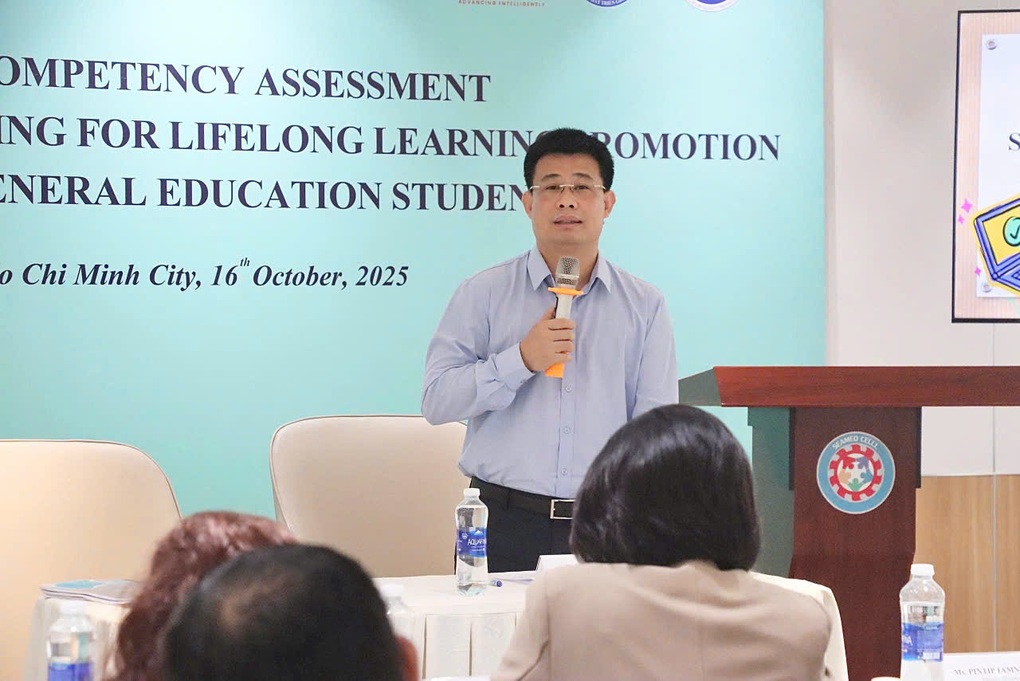
Dr. Sai Cong Hong, former Deputy Director of the Department of Secondary Education, Ministry of Education and Training (Photo: NVCC).
Every year there are a few small changes, each school has a few different methods, forcing students to "follow" the exam, studying according to trends, and not being able to have a long-term orientation.
Some years, the admission combination changes; other years, the priority points or calculation method is different. Many students only discover at the end of grade 12 that their favorite major does not consider the combination they studied for 3 years.
Such instability destroys the meaning of "learning to develop capacity and future career" - the core goal of the 2018 General Education Program.
Therefore, it is reasonable to regulate the university admission method to be stable for at least 3 years. The 3-year cycle allows students from grade 10 to grade 12 to clearly understand the admission criteria, choose the right combination of subjects and practice appropriate skills.
This helps teachers and schools to be more proactive in teaching and career counseling.
Stability for sustainable innovation does not mean immobility
Since the 2018 General Education Program was issued, Vietnam's education system has entered a period of comprehensive transformation.
From the philosophy of "learning to know, learning to do" to "learning to develop capacity, career orientation and business establishment", the new program sets higher requirements: education not only imparts knowledge but also forms capacity, qualities, adaptability and creativity for learners.
In 2025, the first batch of students studying under this program will take the high school graduation exam and university entrance exam. This is an important time for the education system to test the synchronization between high school and university.
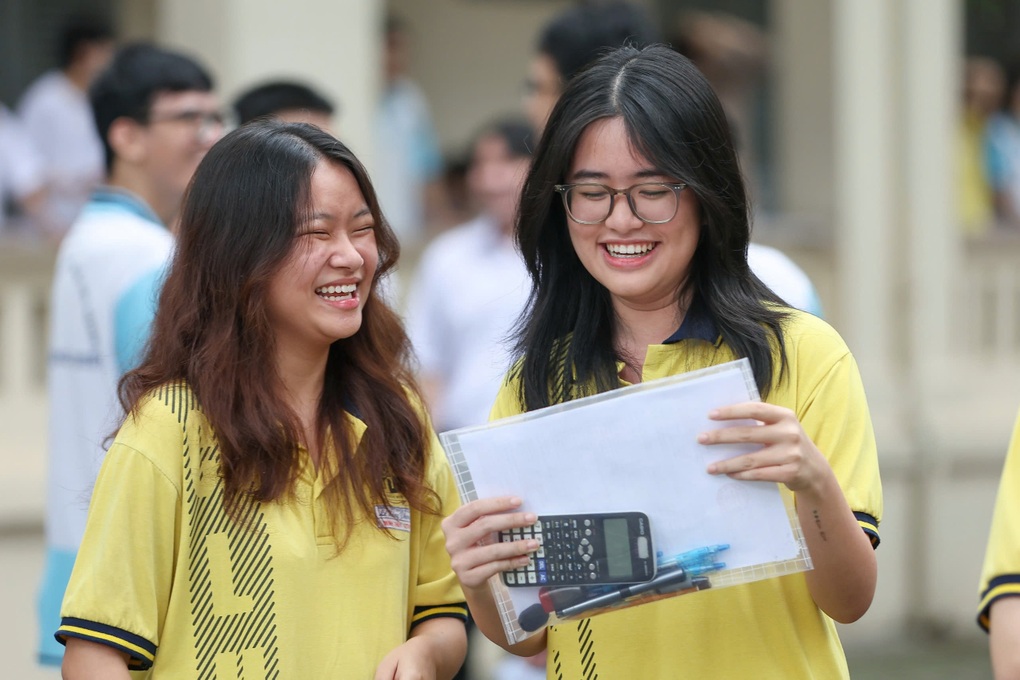
Candidates taking the 2025 high school graduation exam in Ho Chi Minh City (Photo: Trinh Nguyen).
In that context, maintaining stability in university admission methods is considered a long-term decision.
Because this stability helps universities have time to prepare, perfect the admission process and evaluate the quality of the admission methods they set.
More importantly, it creates a support for students in their study orientation and career choice, contributing to realizing the spirit of streaming of the 2018 General Education Program.
It should be emphasized that maintaining a stable admission method does not mean being conservative or stopping innovation. Stability means innovation that is planned, cyclical and scientifically based.
During the three years of stability, universities can adjust details such as quotas, secondary criteria or combined admission methods, as long as they do not change the nature of the main method.
After each cycle, the management agency can evaluate and summarize to continue adjusting - both to ensure consistency and adapt to reality.
Close connection between high school and university
The 2018 General Education Program focuses on differentiation and career orientation at the high school level. Students are allowed to choose subjects and topics according to their personal orientation. However, this will only be effective when university admissions are stable, clear, and highly predictable.
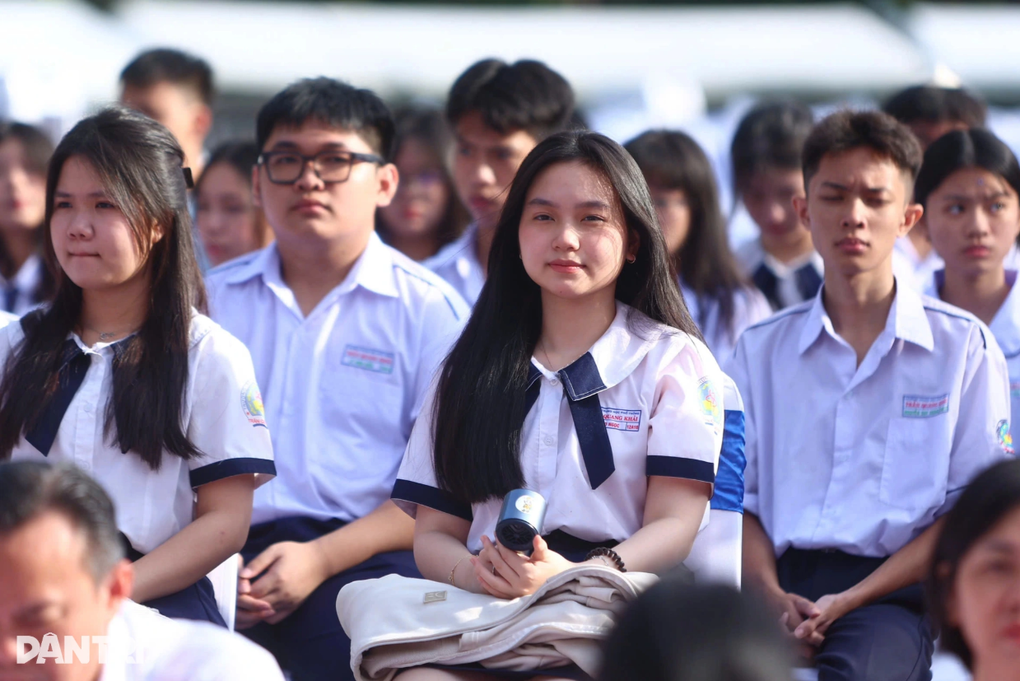
High school students are studying the 2018 General Education Program (Photo: Khoa Nguyen).
If the admission method changes continuously, students will not know which subjects to choose, teachers will have difficulty orienting their teaching, and high schools will not be able to build long-term training plans.
On the contrary, when the admission method is kept stable, students will have a “compass” for the entire high school period: knowing which majors require which subjects, which criteria are important. Thanks to that, learning becomes more proactive and has clearer goals, avoiding the situation of studying lopsidedly or rote learning.
Effective streaming - the foundation of educational innovation
One of the core points of the 2018 General Education Program is the classification of students after junior high school. After grade 9, students can choose to study high school to go to university, or study intermediate or vocational training depending on their abilities. The goal is to help each student develop according to their own strengths, while balancing social human resources.
However, to successfully streamline, the university admission system needs to be stable and transparent. If the admission method changes constantly, parents will hesitate to send their children to vocational training because they are afraid that "next year's university will be different", "who knows if their children's abilities can still get them into university"...

Students need a stable orientation to be able to choose the right path after middle school (Photo: Khoa Nguyen).
At that time, streaming was not effective, students still flocked to high school even though they had no need to continue studying.
On the contrary, when the admission method is stable for at least 3 years, students and parents can feel secure in their choice.
Students with academic ability will continue to study high school, while students who are inclined towards practical skills can choose vocational training, because both paths are recognized by society and have a clear development roadmap.
The multidimensional benefits of a stable policy
A policy of stable admission methods brings comprehensive benefits. For students, it is an opportunity for oriented learning and proactively practicing their abilities according to their career goals.
For teachers and schools, this is the basis for building appropriate teaching plans and career counseling. For universities, stability helps them prepare better, invest in technology and improve the quality of input.
For society, it is a positive signal, demonstrating professionalism and consistency in educational management.

New university students entering in 2025 (Photo: UTE).
Above all, stability reflects a learner-centered mindset. When students can feel secure, proactive, and confident in their own direction, education can truly fulfill its mission of developing the whole person.
Keeping the university admission method stable for at least 3 years is, in my opinion, the right direction, with strategic significance in the process of educational innovation.
It is this stability that ensures connectivity between levels of education, helping students' streaming, career guidance and subject selection to take place reasonably and effectively.
An education system that wants to develop needs stable periods to accumulate, adjust and mature. When stability is maintained scientifically and verifiably, it will become a launching pad for sustainable innovation, towards a humane, modern education that is learner-centered and closely linked to the country's development needs.
Author: Dr. Sai Cong Hong, Former Deputy Director of Secondary Education Department, Ministry of Education and Training.
Source: https://dantri.com.vn/giao-duc/lien-tuc-thay-doi-tuyen-sinh-dai-hoc-hoc-sinh-chay-theo-den-bao-gio-20251121075303642.htm


![[Photo] National Assembly Chairman Tran Thanh Man holds talks with President of the Senate of the Czech Republic Milos Vystrcil](/_next/image?url=https%3A%2F%2Fvphoto.vietnam.vn%2Fthumb%2F1200x675%2Fvietnam%2Fresource%2FIMAGE%2F2025%2F11%2F21%2F1763715853195_ndo_br_bnd-6440-jpg.webp&w=3840&q=75)

![[Photo] Visit Hung Yen to admire the "wooden masterpiece" pagoda in the heart of the Northern Delta](/_next/image?url=https%3A%2F%2Fvphoto.vietnam.vn%2Fthumb%2F1200x675%2Fvietnam%2Fresource%2FIMAGE%2F2025%2F11%2F21%2F1763716446000_a1-bnd-8471-1769-jpg.webp&w=3840&q=75)
![[Photo] President Luong Cuong receives Speaker of the Korean National Assembly Woo Won Shik](/_next/image?url=https%3A%2F%2Fvphoto.vietnam.vn%2Fthumb%2F1200x675%2Fvietnam%2Fresource%2FIMAGE%2F2025%2F11%2F21%2F1763720046458_ndo_br_1-jpg.webp&w=3840&q=75)
![[Photo] General Secretary To Lam receives President of the Senate of the Czech Republic Milos Vystrcil](/_next/image?url=https%3A%2F%2Fvphoto.vietnam.vn%2Fthumb%2F1200x675%2Fvietnam%2Fresource%2FIMAGE%2F2025%2F11%2F21%2F1763723946294_ndo_br_1-8401-jpg.webp&w=3840&q=75)

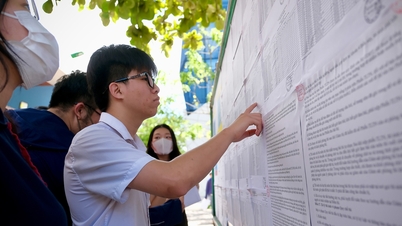





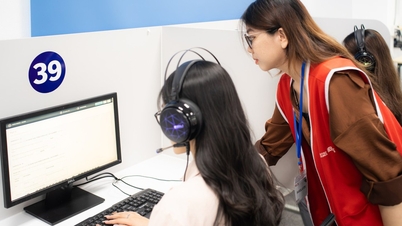

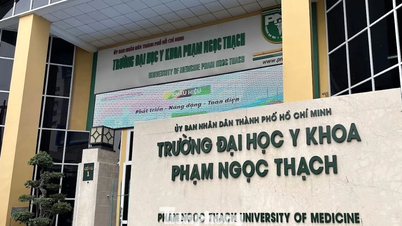



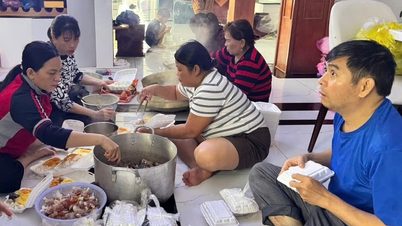
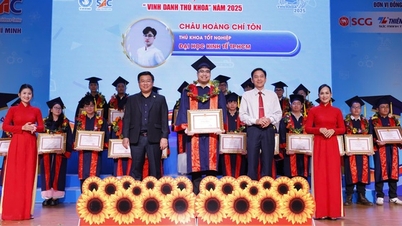









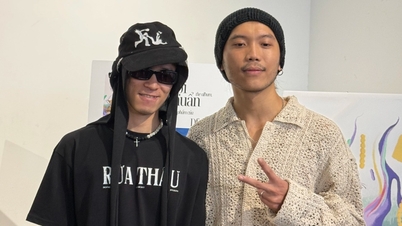




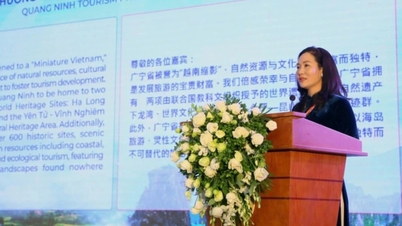





























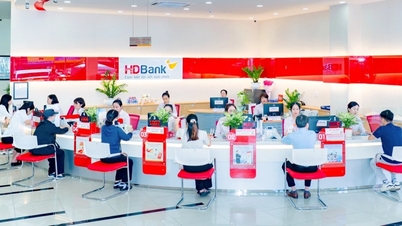











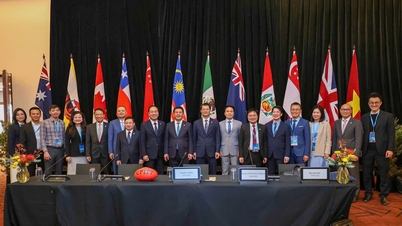



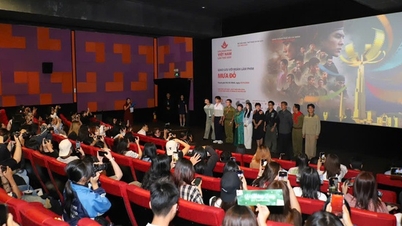





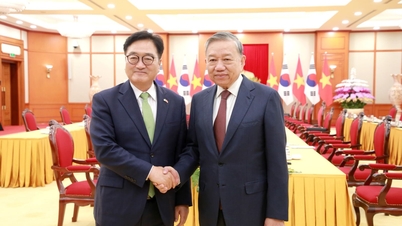
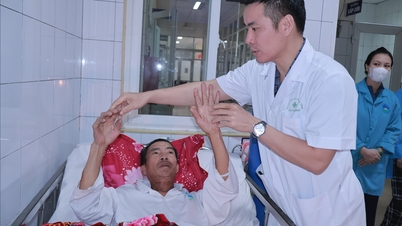






















Comment (0)